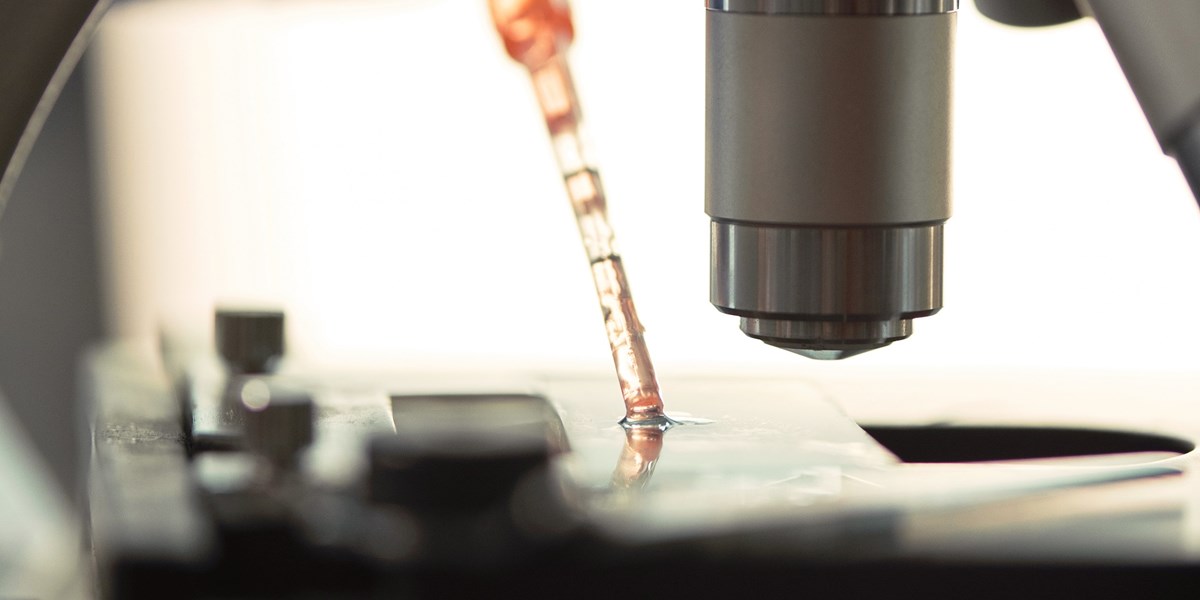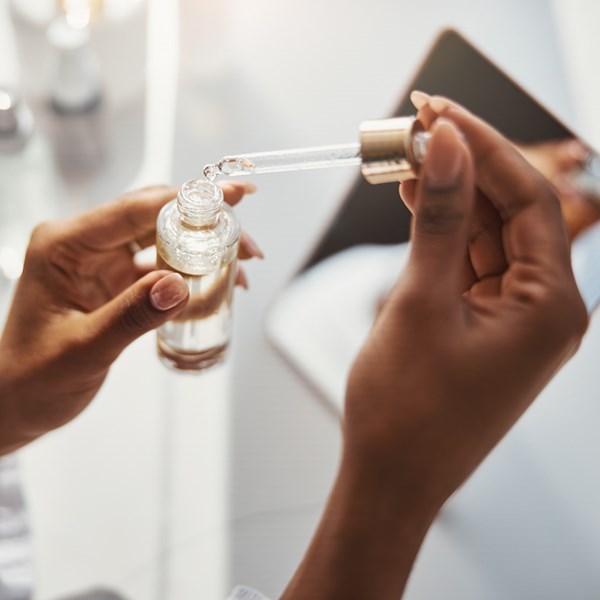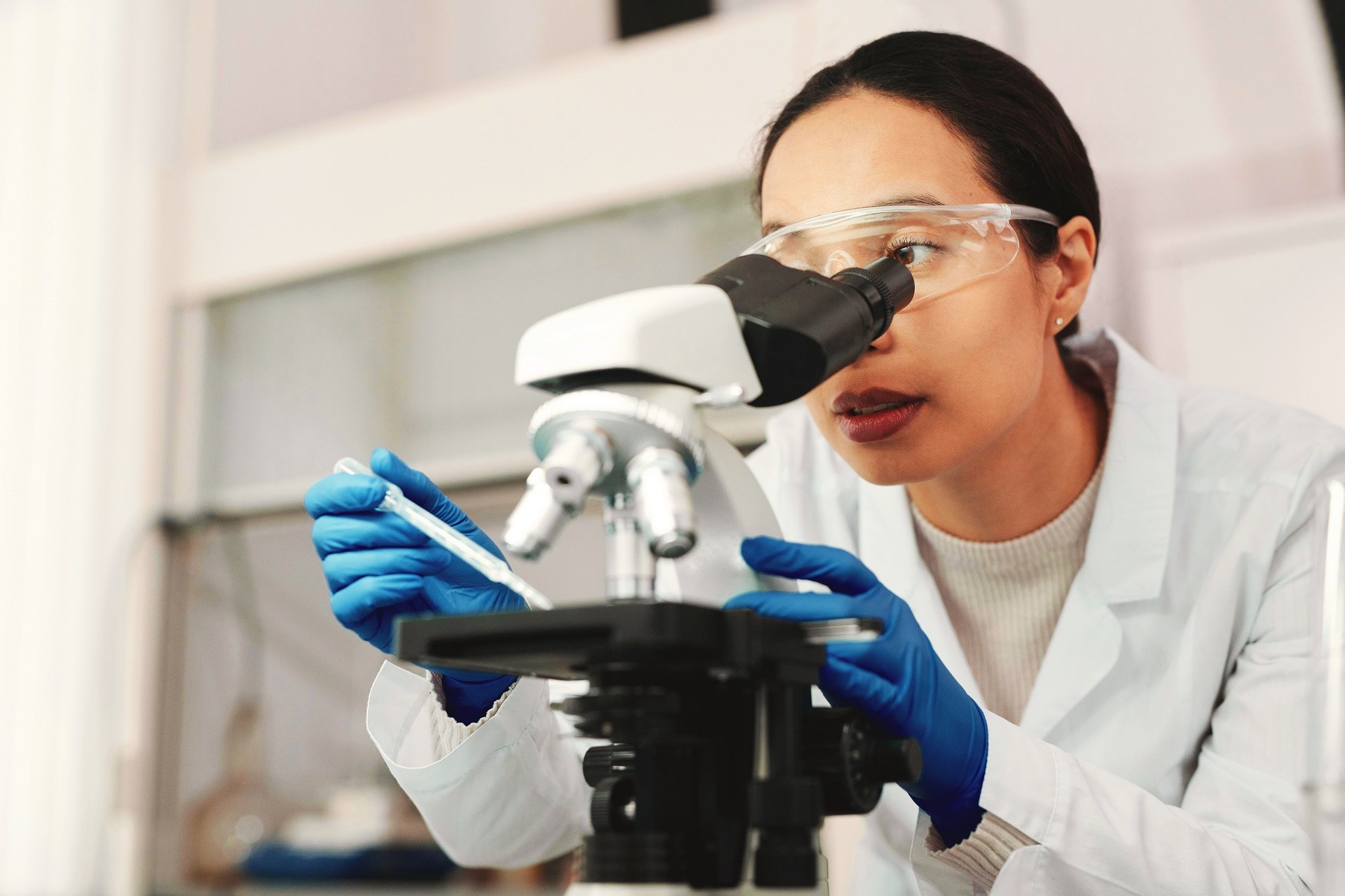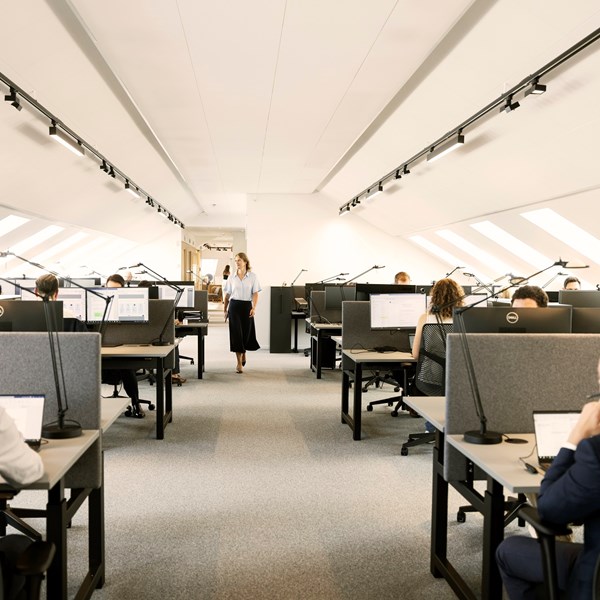The oil and gas industry has been using sequestered carbon to pump more hydrocarbons out of the ground for many years.
However, the current demand to stem greenhouse gas emissions and slow global warming is forcing some of the biggest names in the energy sector to improve their carbon capture and storage capabilities to deal with both their own emissions, and the emissions from a range of other industries including the manufacture of steel and cement.
Shell in particular appears to be working hard to establish a prime position in the race to offer widescale carbon capture services.
They have established partnerships with other corporates and with academic institutions to develop large-scale commercial carbon capture projects, including:
GORGON, AUSTRALIA
The Gorgon liquefied natural gas project aims to capture 3 to 4 million tonnes of CO2 each year, a total of 100 million tonnes of CO2 during the lifetime of the project.
QUEST, CANADA
In partnership with the Athabasca Oil Sands project and backed by the Canadian government, Quest has been designed to designed to capture, transport and store more than a million tonnes of CO2 every year. In its first 5 years it has captured and safely stored 5 million tonnes of CO2 underground.
NORTHERN LIGHTS, NORWAY
The Northern Lights project receives and stores CO2 in a reservoir in the Norwegian North Sea. The project is a collaboration between Shell, Total and Equinor and has the potential to become the first ever CO2 storage with capacity to store CO2 from multiple facilities across Norway and ultimately from across Europe.
POLARIS, CANADA
The proposed Polaris project would create a CO2 storage facility with capacity to store over 300 million tonnes of CO2 over its lifetime, and create up to 2,000 new jobs in the process.
SHELL CANSOLV CCS TECHNOLOGY
Boundary Dam is one of the largest coal-fired power stations in Canada. The installation of Shell Cansolv technology will allow the station to capture around 1 million tonnes of CO2 every year.
TECHNOLOGY CENTRE MONGSTAD (TSM), NORWAY
Formed as a result of a partnership between the Norwegian government, Shell, Total and Equinor, TCM is the world’s largest test centre for developing CO2 capture technologies and has helped a number of companies develop a range of new carbon capture technologies since its launch in 2012.
Despite the hugely impressive figures being touted in these projects’ PR, many have begun to question what these projects could offer beyond capturing Shell’s own emissions. They want to know how these services can be rolled out at a higher level to begin to negate the volume of CO2 being produced by industry’s highest emitters.
Theoretically, the majority of these businesses will probably consider implementing carbon capture technology to be outside their skill set, which means they could well look to outsource the capture and storage of their own emissions to projects like those outlined above.
This could become a very profitable revenue stream for Shell and their partners if it is possible to plug other corporations into their network.
While there are of course a number of commercial conundrums to solve (the variability of carbon prices, shipping costs and cross-border transportation among them), as more and more countries sign up to achieving net-zero, the demand for carbon capture services is definitely there.
The main issue for the companies involved in developing carbon capture technologies is the sheer scale of this demand.
According to experts, if the world is to contain the annual increase in global warming to under 2°C by 2070, 10,000 large scale facilities will need to be built over the next 40-50 years. Given there are currently less than 50 in operation at the beginning of 2021, this will be a tall order and will require a continued and rapidly increasing rate innovation from the companies developing carbon capture technology.
If you are involved in the development of carbon capture technology and you would like to discuss how we could help you protect, commercialise, and extract the maximum value from your innovation, please contact Colin Baker at colin.baker@potterclarkson.com.







